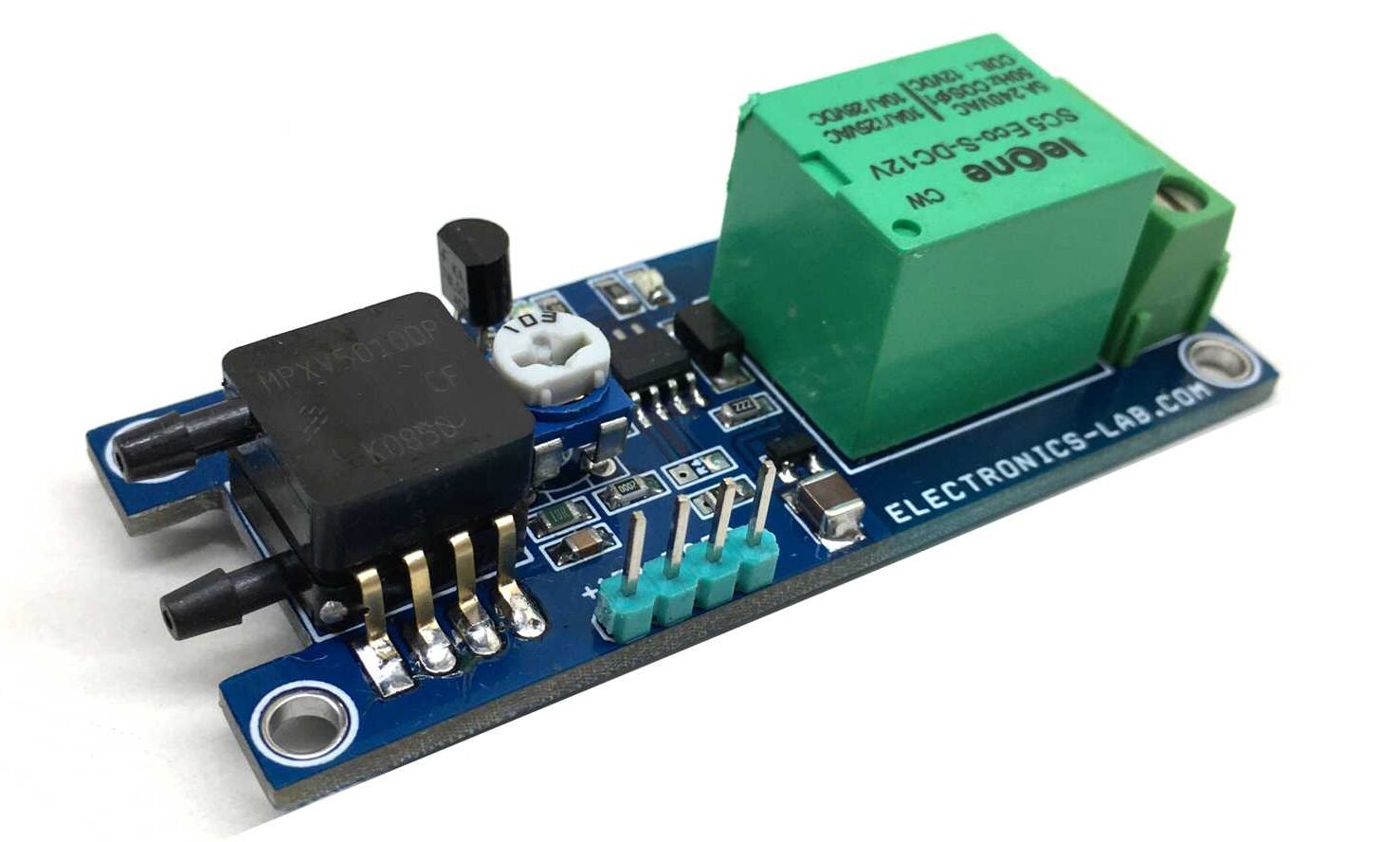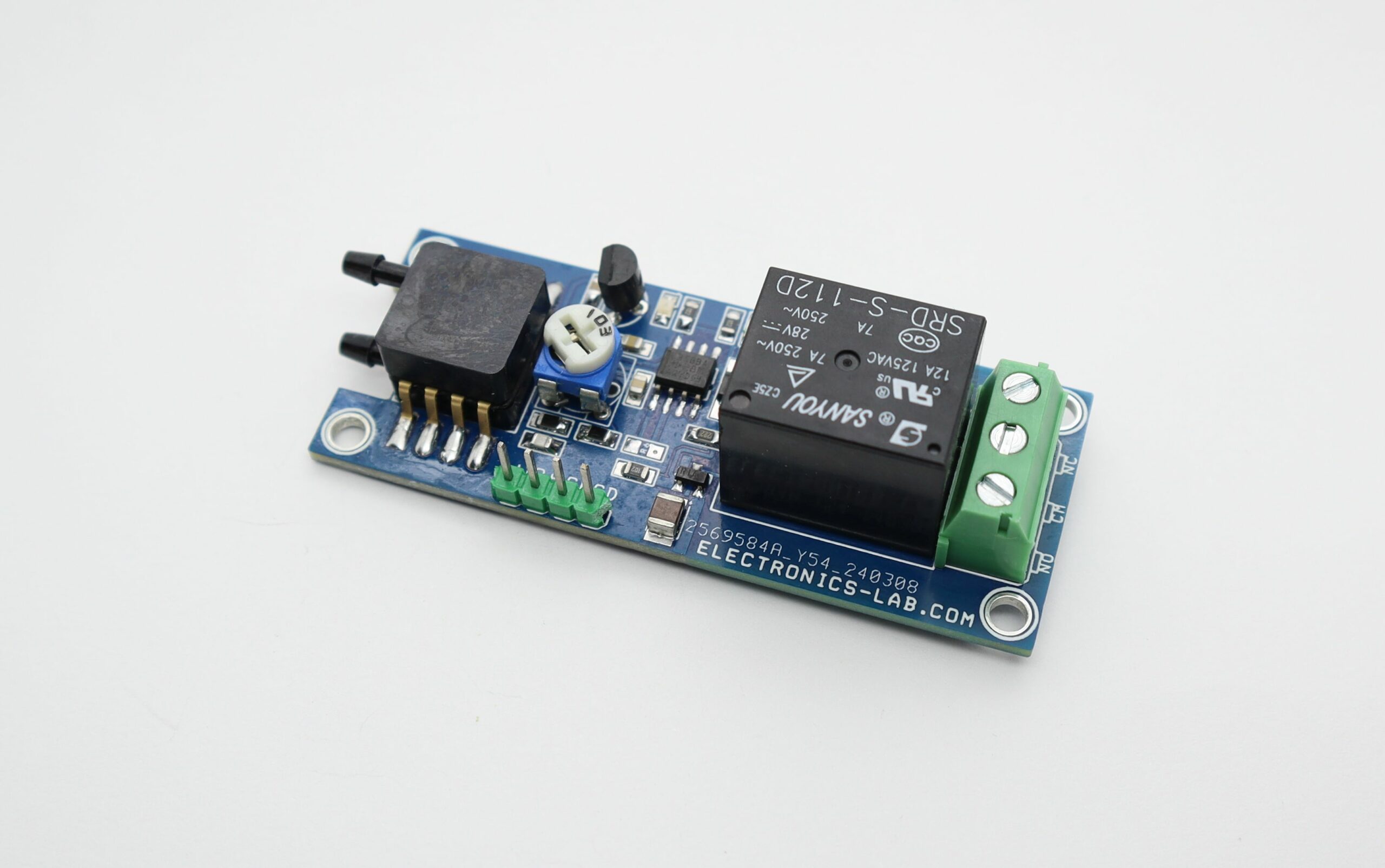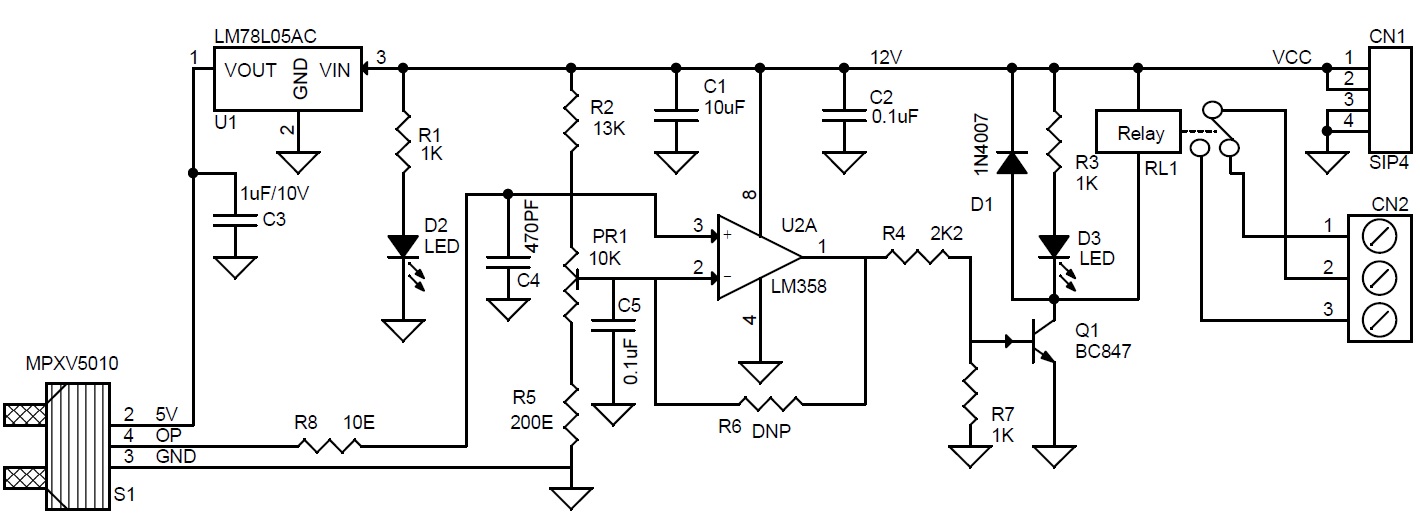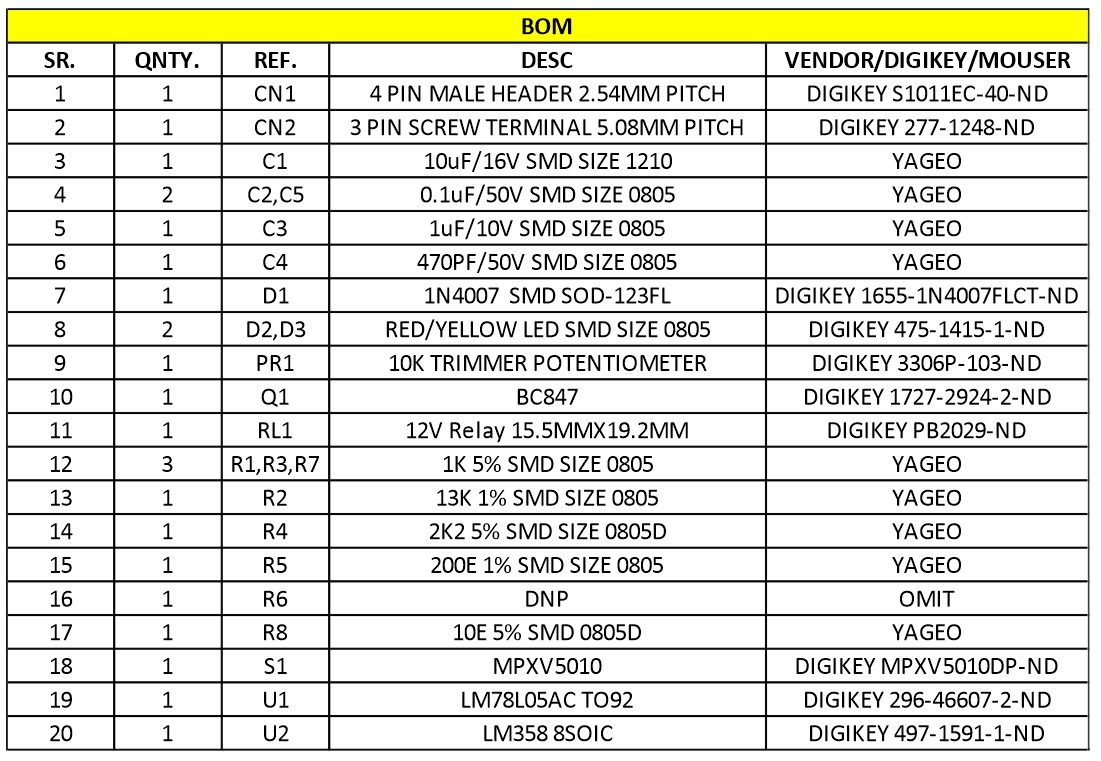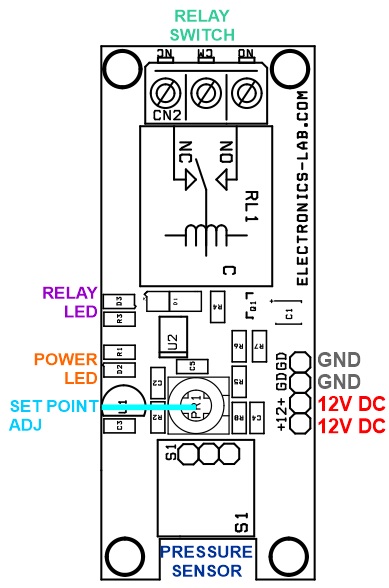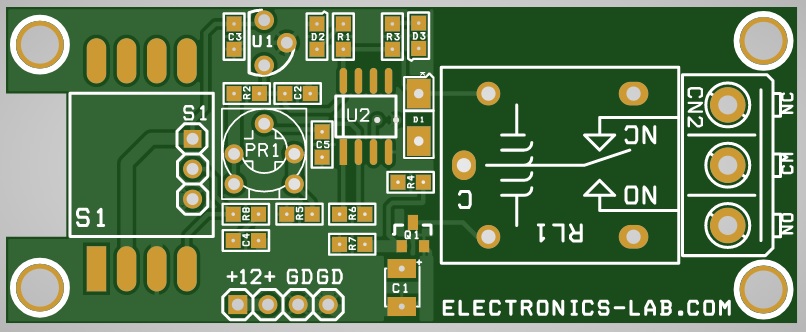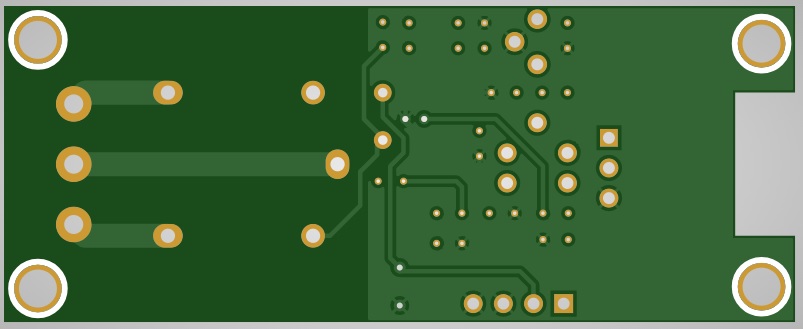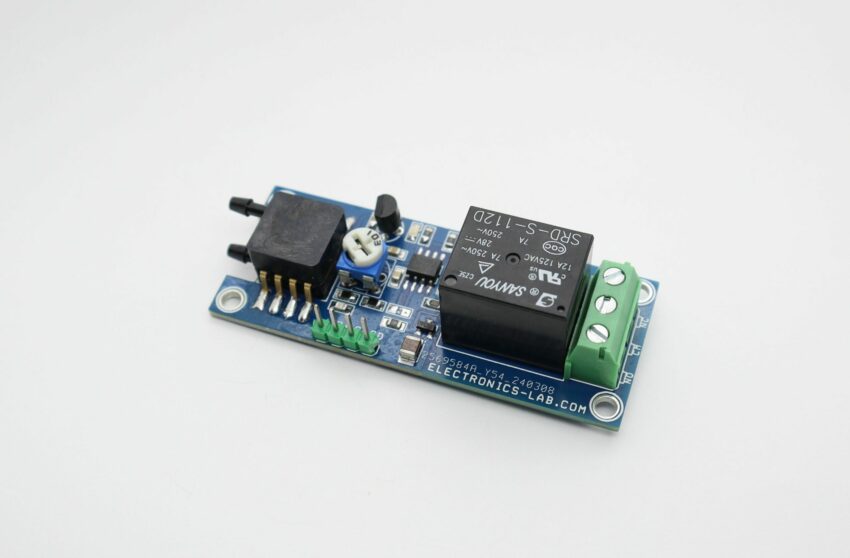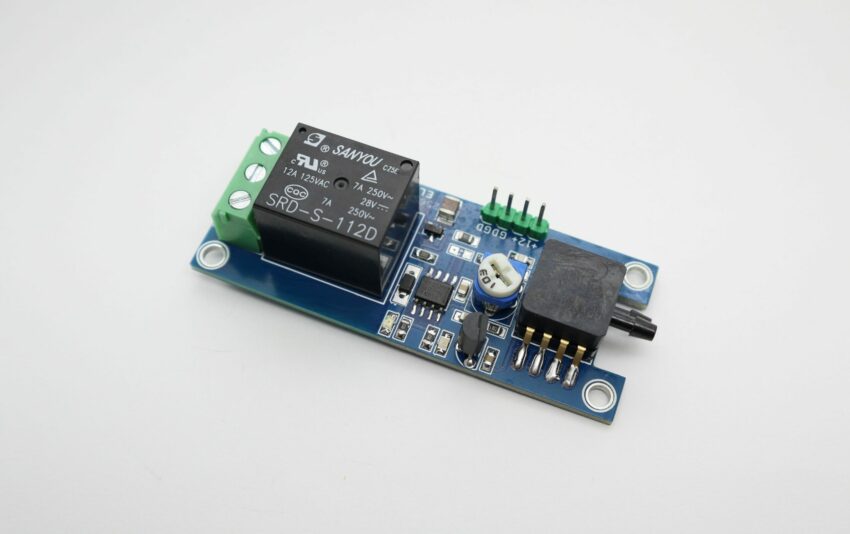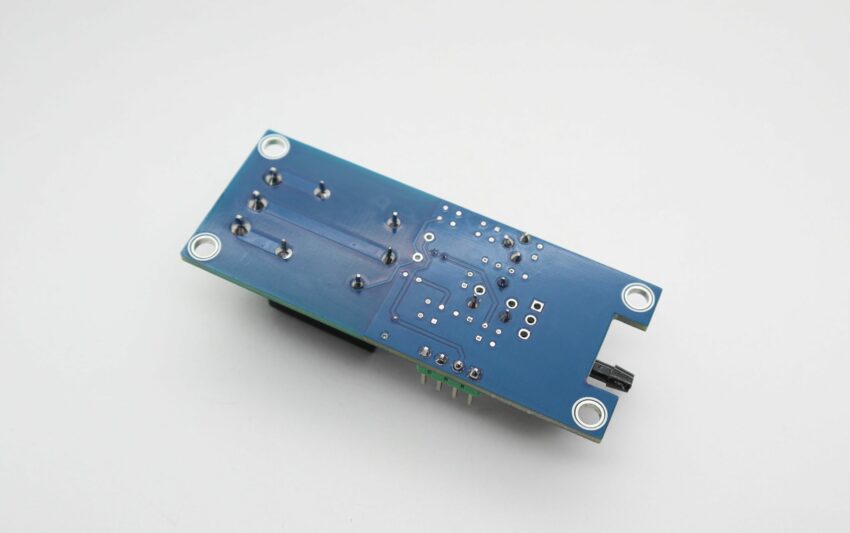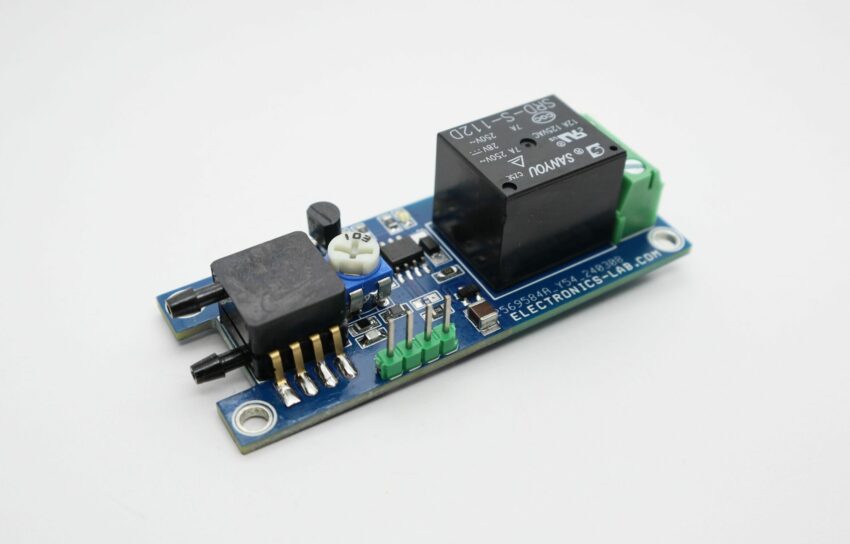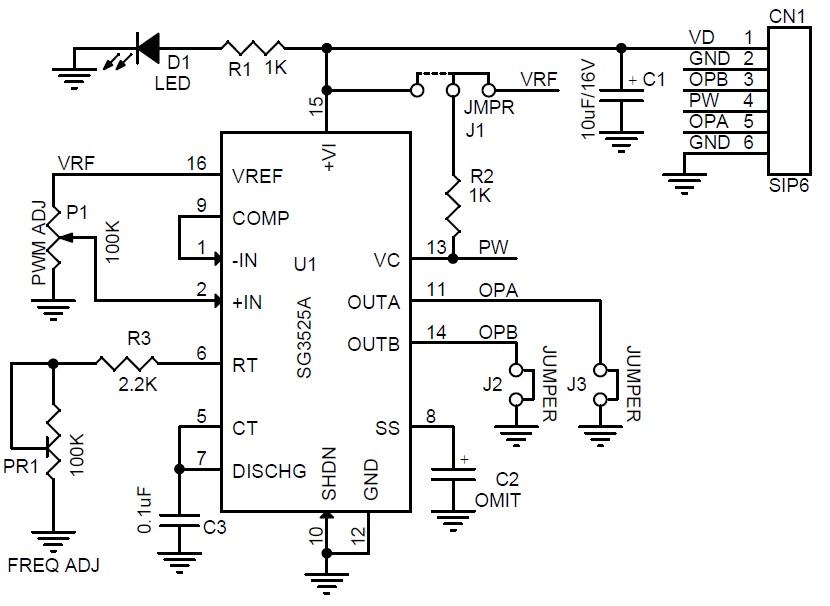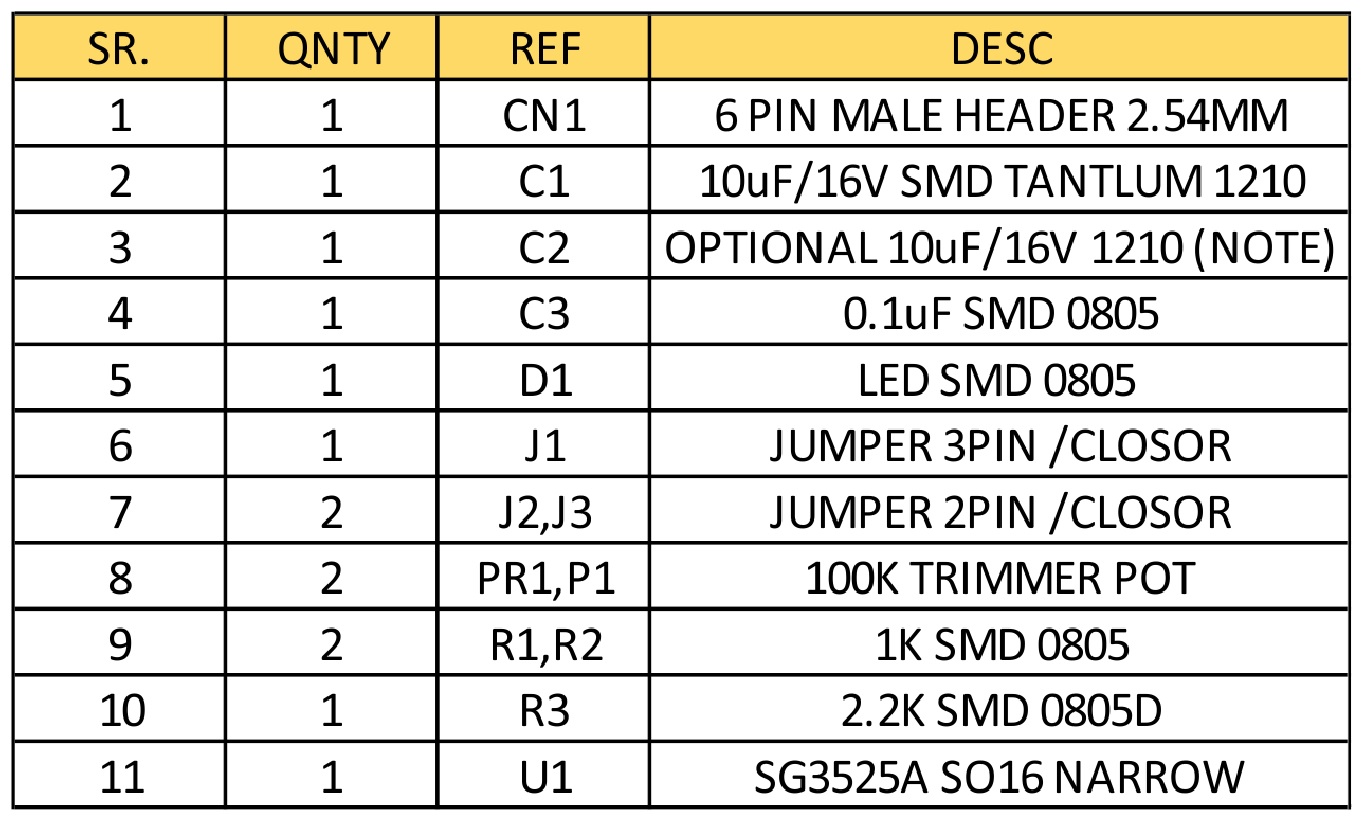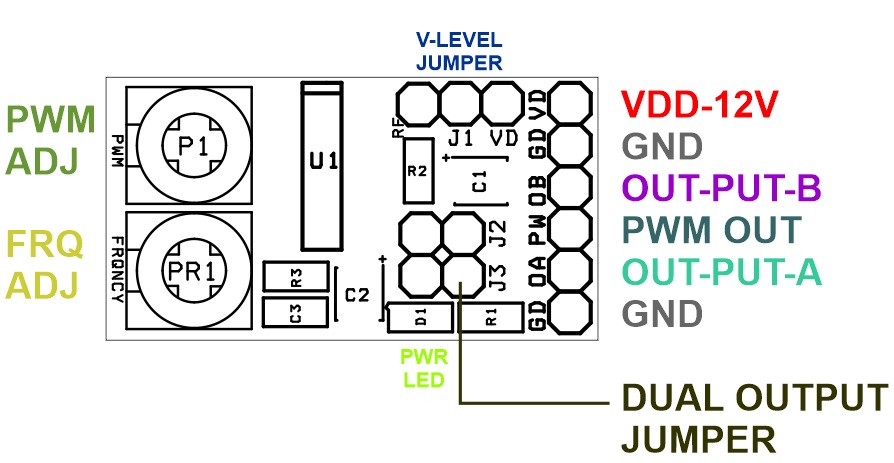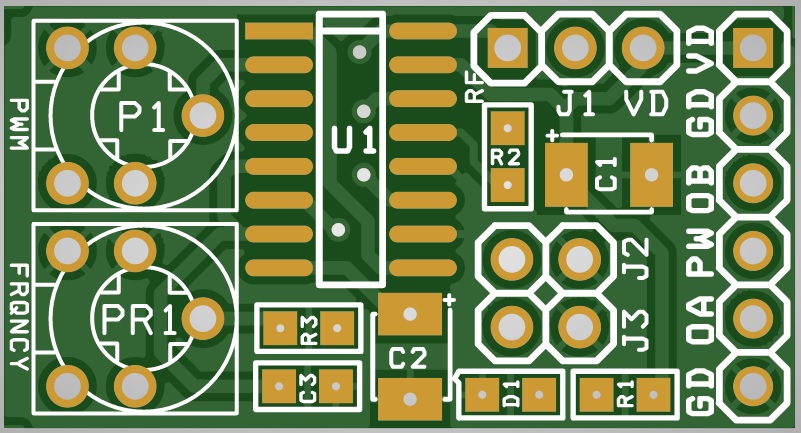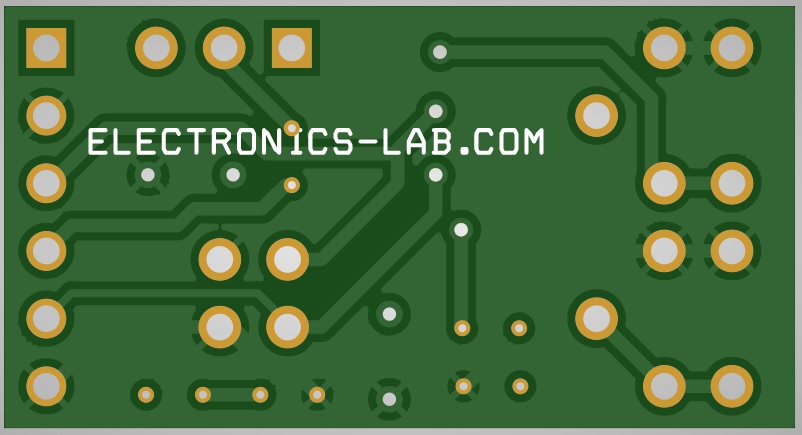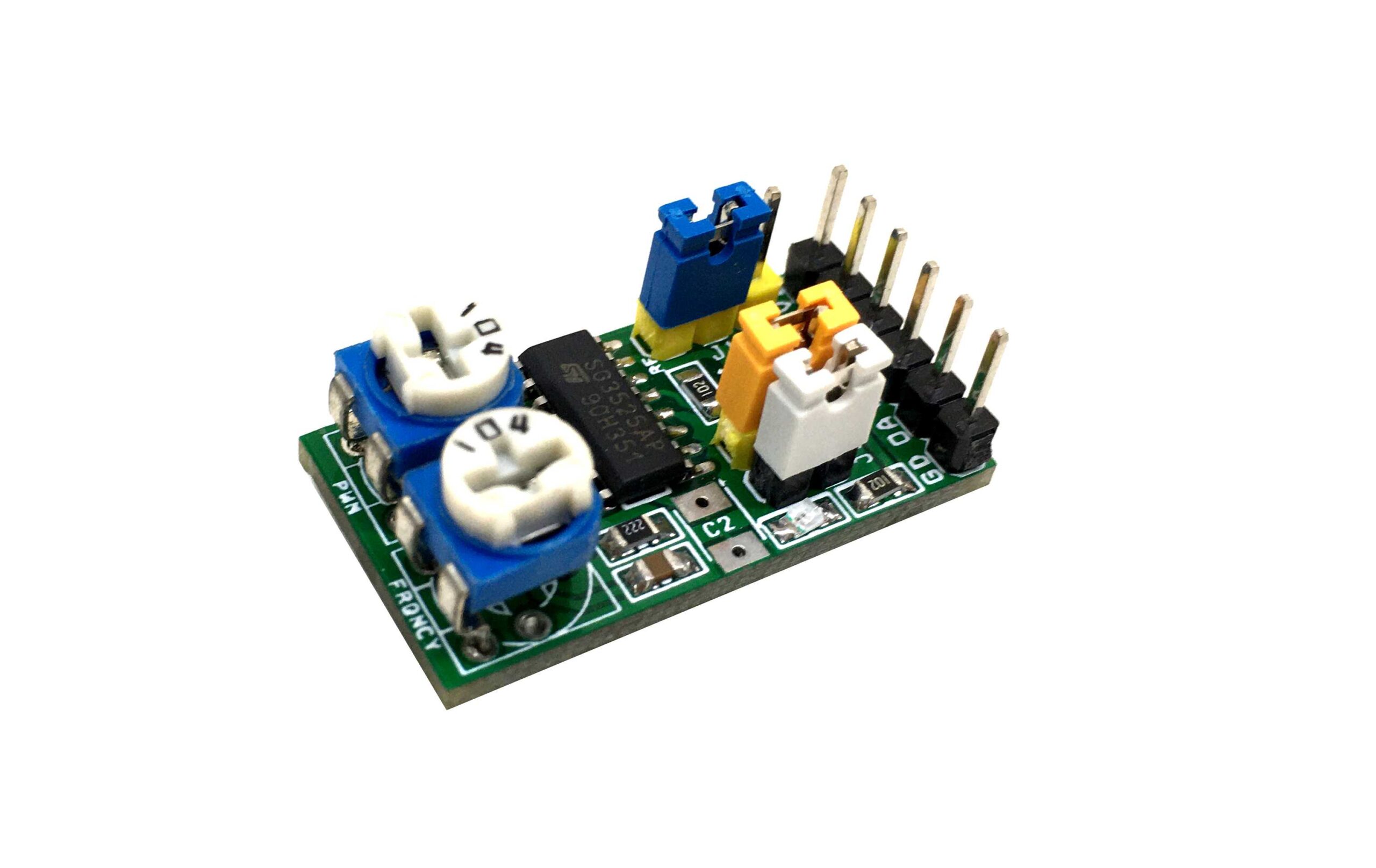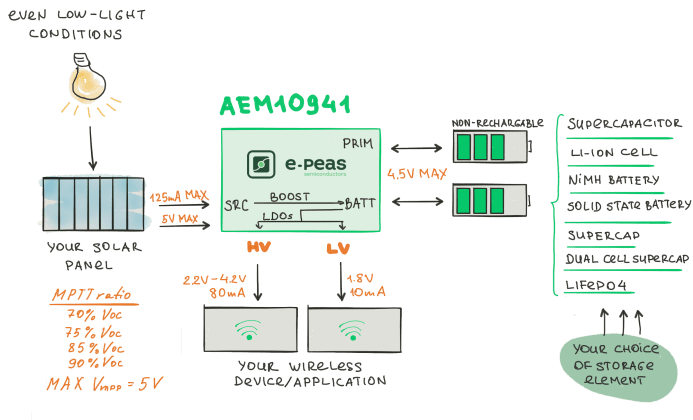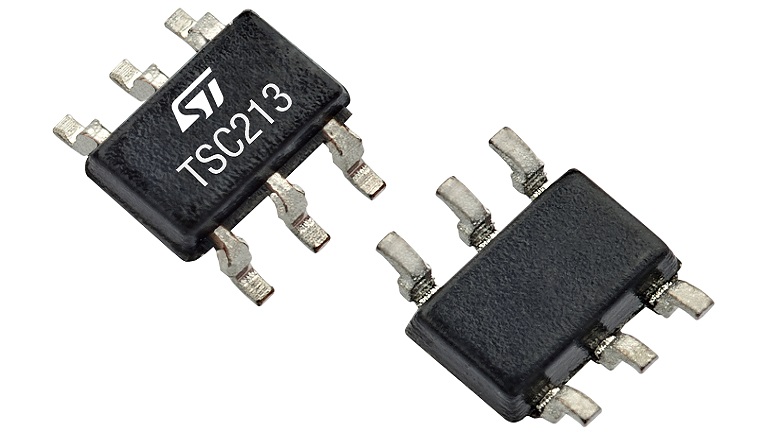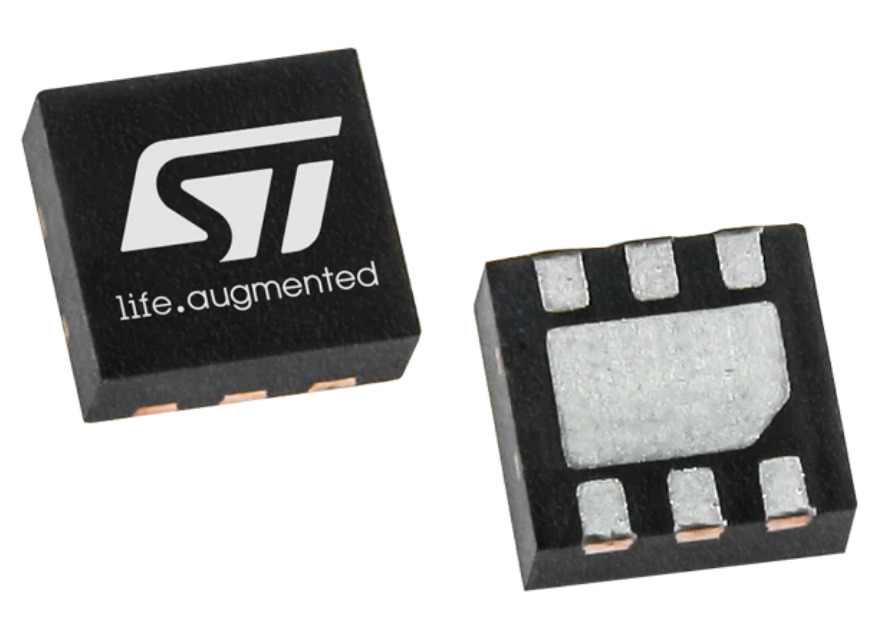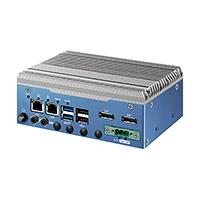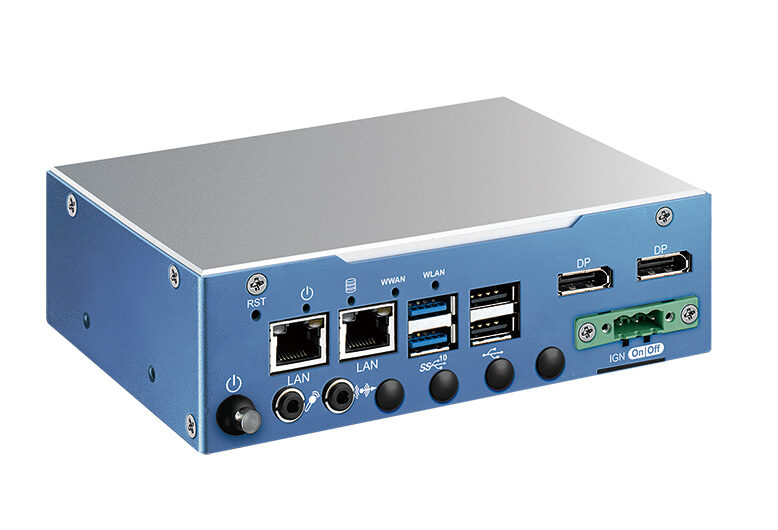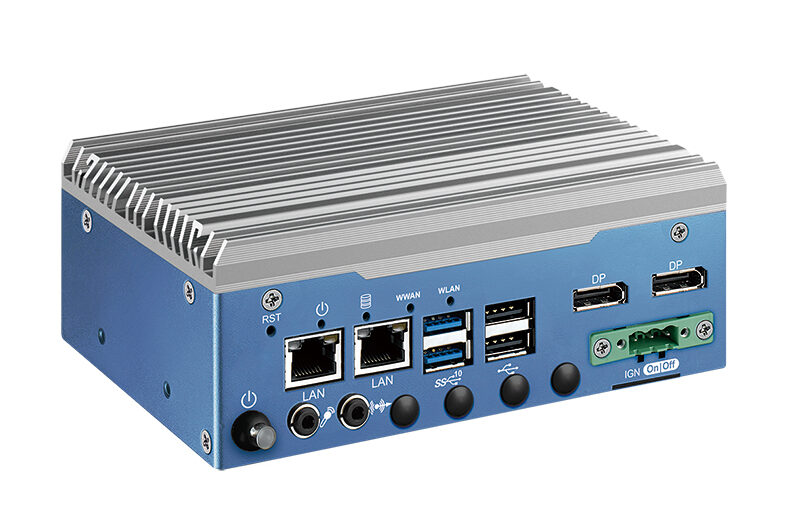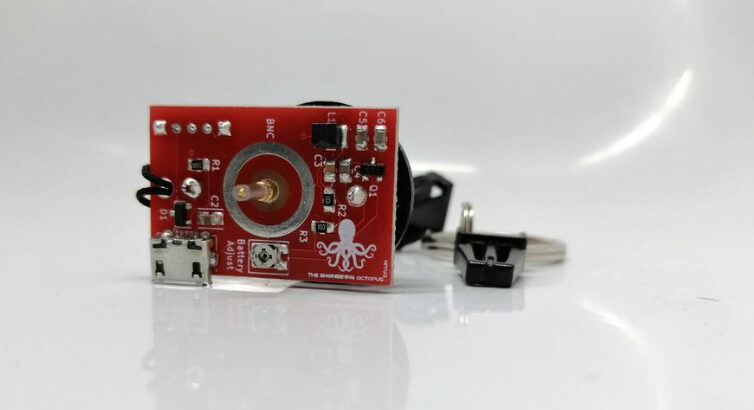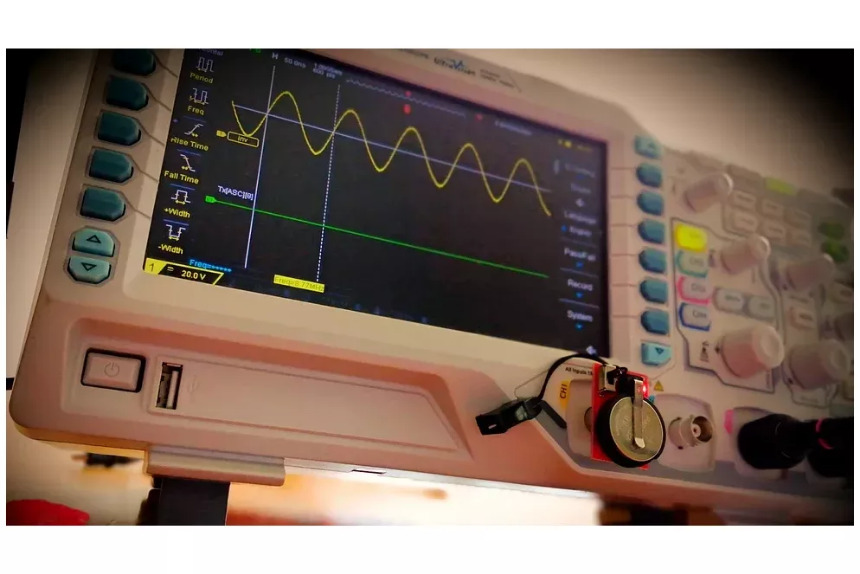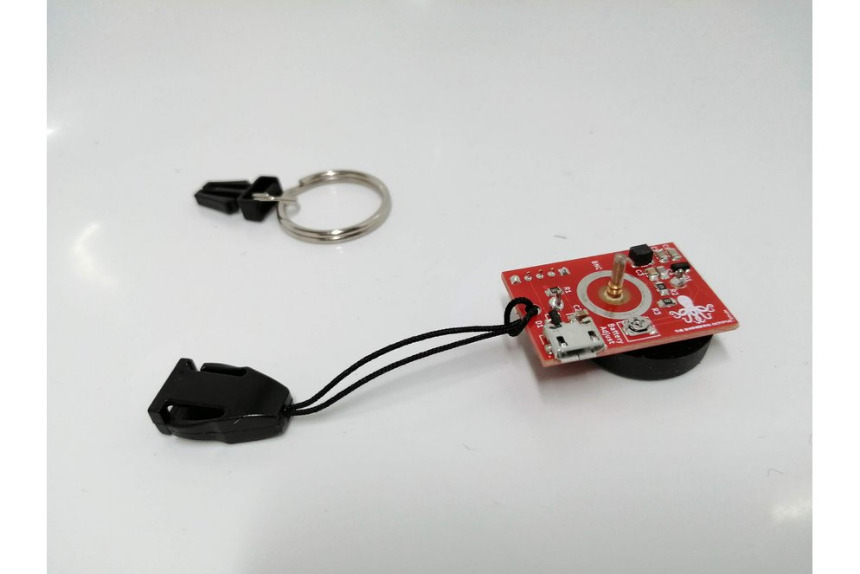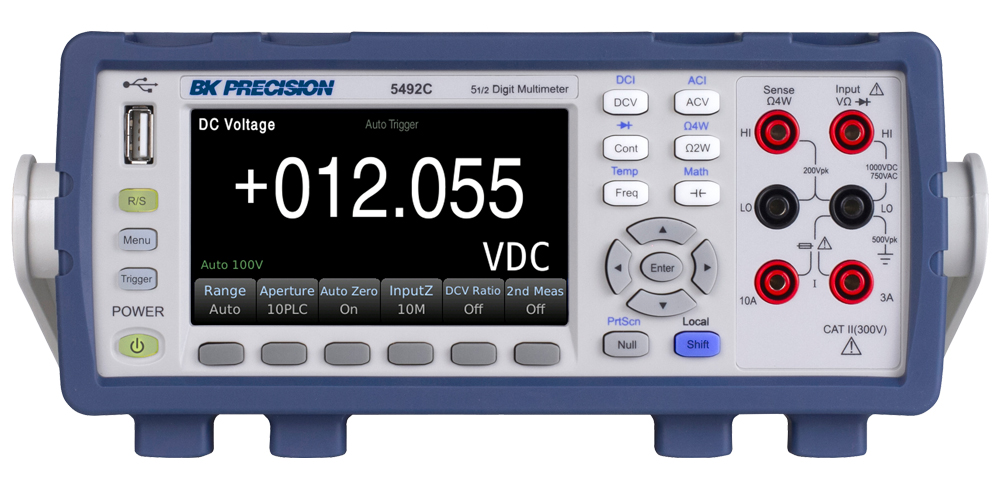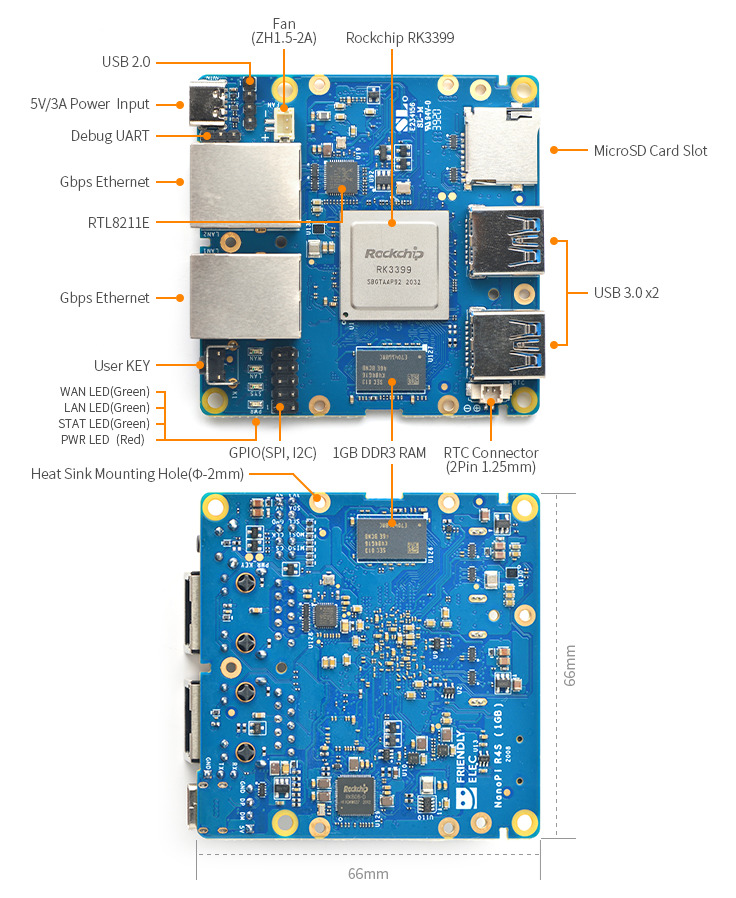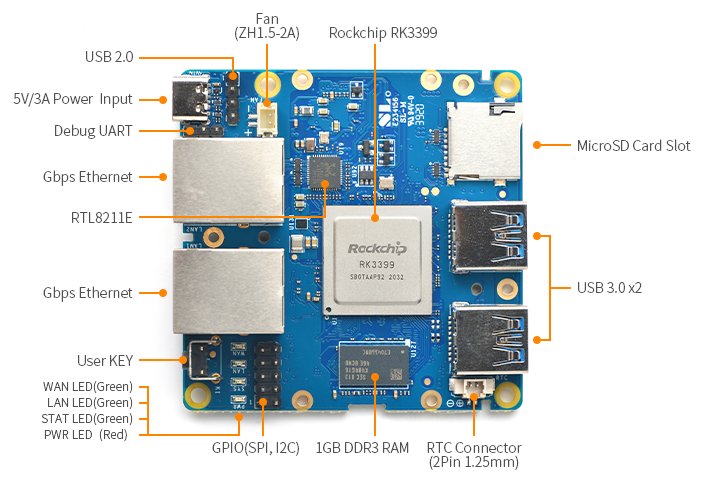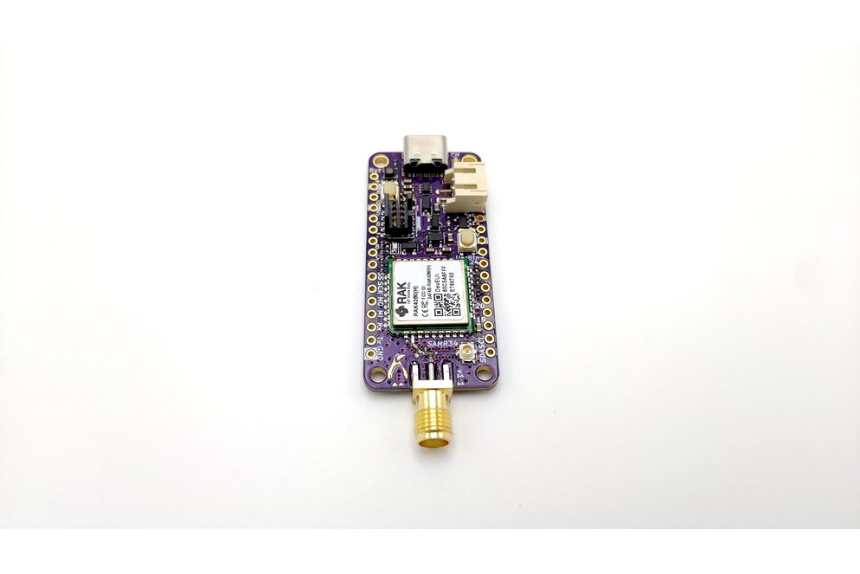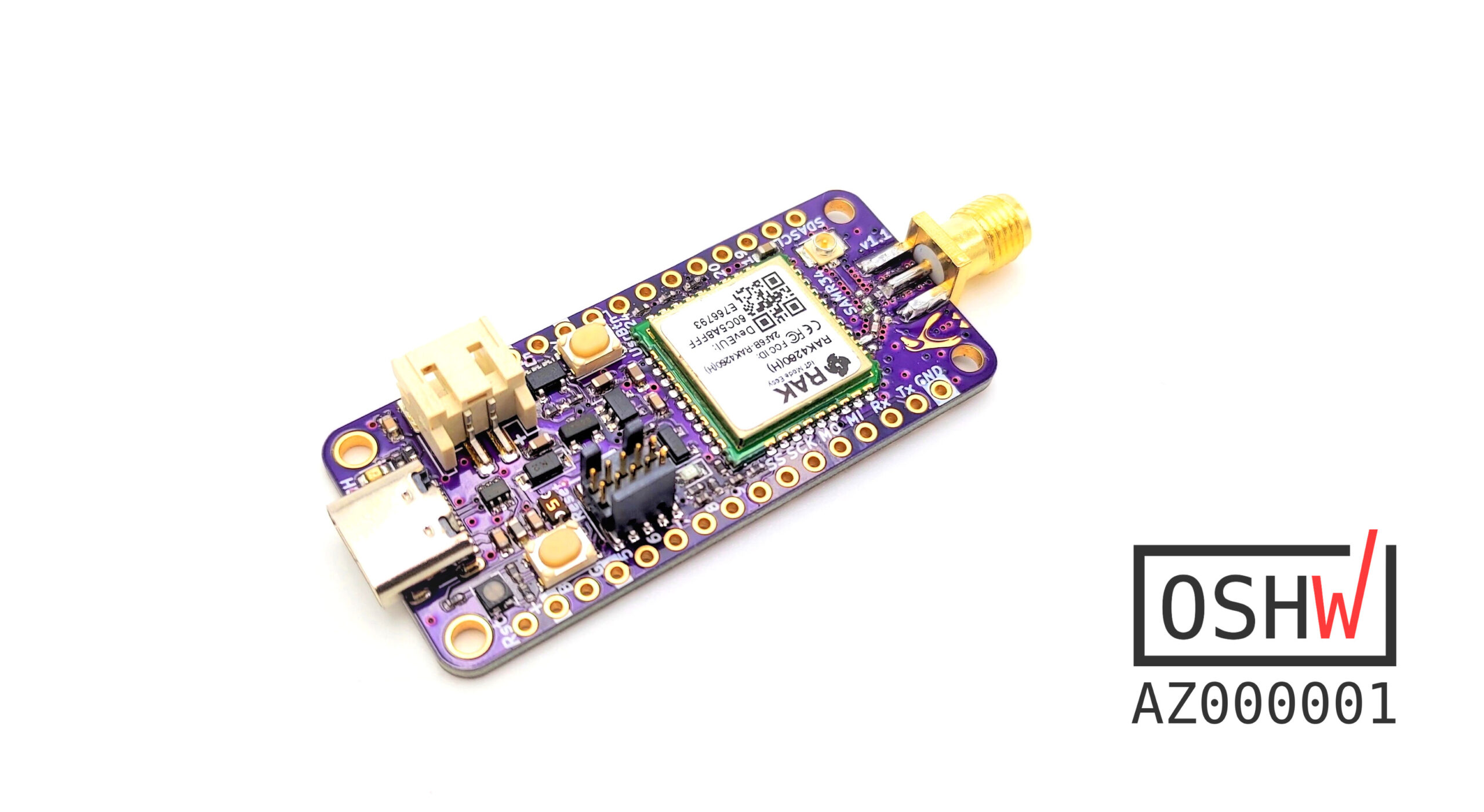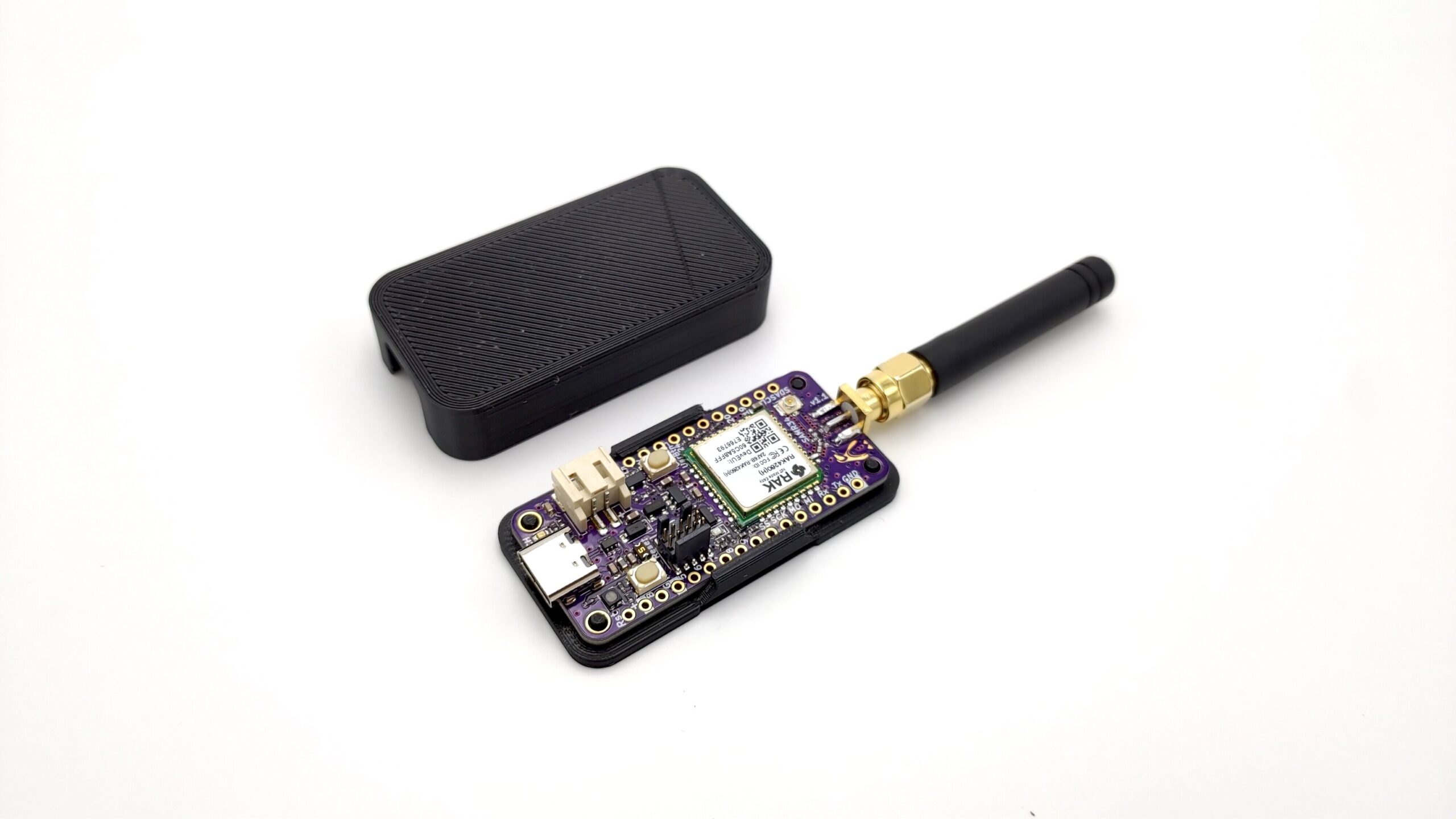This pressure switch project is built using a piezoresistive transducer, LM358 OPAMP as comparator, and a relay. The circuit activate the relay when the pressure in a system exceed a given set-point. Basically, this switch can power ON or OFF a pump, valve, motor, when certain pressure is reached. A trimmer potentiometer is provided to set the trigger point. LM358 is used as comparator, relay has Normally Open/Normally closed contacts with current rating 5Amps @ 230V AC or 10Amps @ 28V DC. LM78L05 IC is used to provide 5V DC supply to pressure sensor. Operating voltage of this circuit is 12V and it consumes approx. 40mA current when Relay is in ON condition. We have used MPXV5010DP pressure sensor from NXP. This is an analog pressure sensor and the output of this sensor is 0.2V to 4.7V which is proportional to the applied pressure range of 0-10kPa (0 to 1.75PSI).
Possible application of this switch is, industrial pumps, small compressor, low pressure vacuum pump, medical equipment, appliance liquid level and pressure measurement.
One of the great uses of this switch, is to measure the liquid level in tank and trigger a PUMP or Valve at set point. Measuring the range of a liquid in tank is 0 to 100 cm and this corresponds to a pressure range of 0 to 10kPa. See the setup diagram below on ow to use the board as water level on/off switch.
The MPXV5010DP series piezoresistive transducers are state-of-the-art monolithic silicon pressure sensors designed for a wide range of applications, but particularly those employing a microcontroller or microprocessor with A/D inputs. This transducer combines advanced micromachining techniques, thin-film metallization, and bipolar processing to provide an accurate, high level analog output signal that is proportional to the applied pressure. The axial port has been modified to accommodate industrial grade tubing.
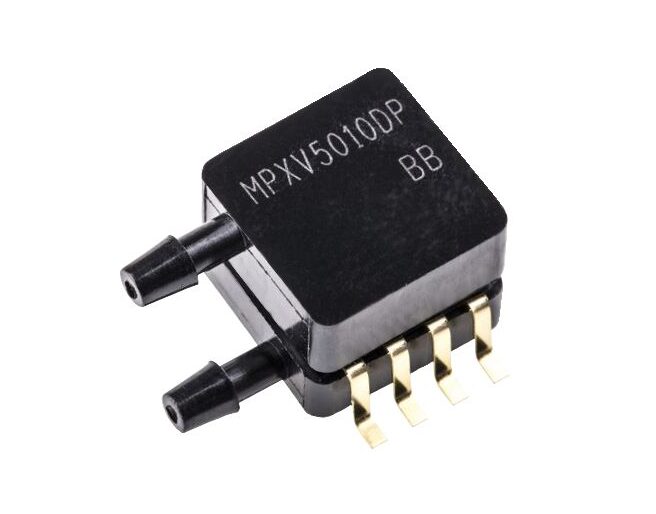
Features
- Operating Supply 12V DC
- Maximum Current Consumption 40mA
- Switch trigger relay when pressure 0 to 10kPa applied
- Switch Can work with Air pressure or Liquid level
- Relay Output is NO/NC
- Relay Switch 5Amps 230V AC or 10Amps 28V DC
- PCB dimensions: 66.68 x 26.67 mm
Schematic
Parts List
Connections
Gerber View
Test Setup
Photos
Video


